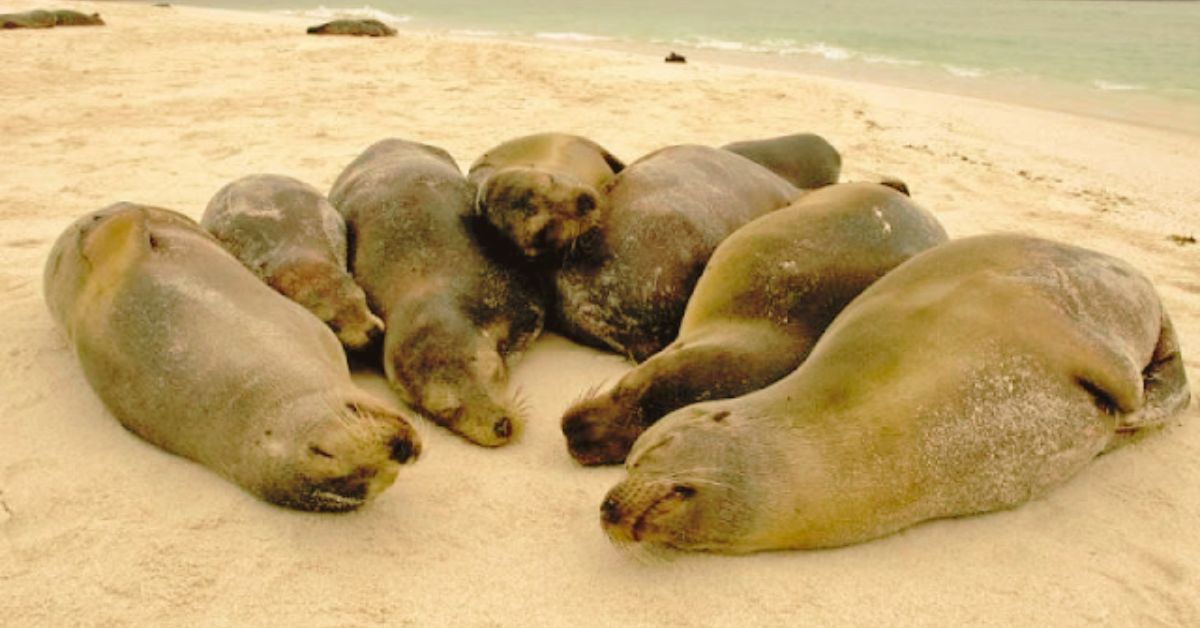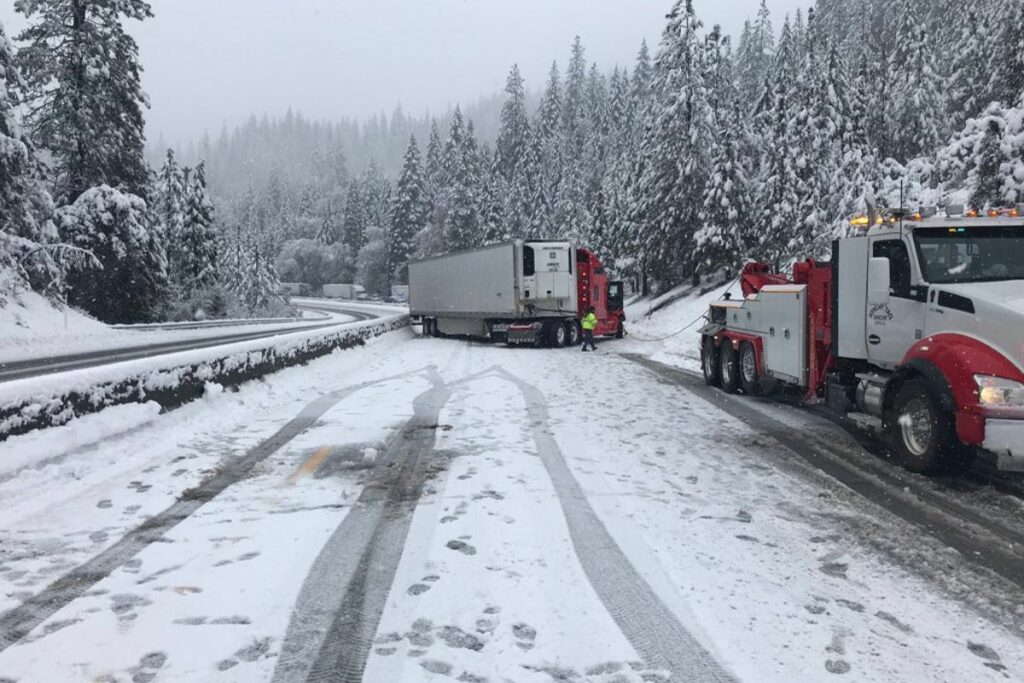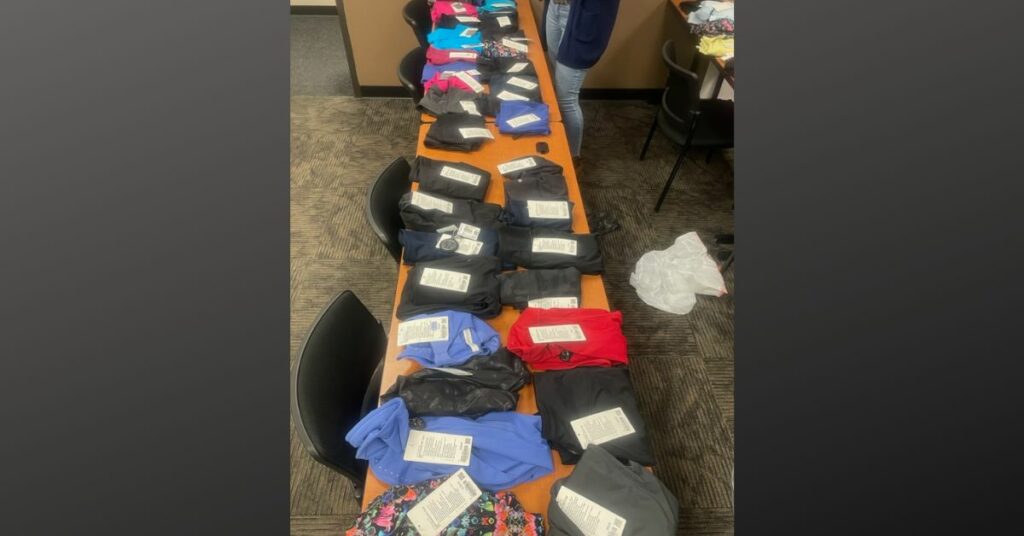Although sea lions are typically protected under federal law, their penchant for salmon has prompted Oregon to slaughter hundreds. According to reports last week, footage of a boater on the Columbia River near Hayden Island who seems to be attempting to strike or disturb a bunch of sea lions by swerving toward them.
The video sparked widespread criticism, and several individuals came to the boater’s defense. This duality is reflective of the pinnipeds’ ambiguous legal standing. The Marine Mammal Protection Act makes it unlawful to harass, hunt, or k!ll any marine animal, including sea lions.
Yet, over the last five years, wildlife authorities in Oregon have utilized legal loopholes to k!ll hundreds of sea lions. The number of sea lions in the Pacific Northwest has increased dramatically over the last several decades, while the amount of salmon and steelhead have not. The sea lions’ insatiable need for salmon is the real problem.

The Endangered Species Act protects 13 fish populations that sea lions rely on for survival. Several sea lion colonies now wait patiently at the Bonneville Dam, Willamette Falls, and other choke points along the river where salmon congregate on their perilous journey upstream to breed.
According to the Oregon Department of Fish and Wildlife, sea lions are responsible for the annual loss of up to 44% of the Columbia River’s spring Chinook run and up to 25% of the Willamette River’s winter steelhead run. They are a significant nuisance to anglers, often stealing salmon from their lines as they are reeled in.
Many fishermen hold sea lions in contempt due to competition over a decreasing food supply. Portland resident Michael Brady, who recorded the boater tormenting the sea lions last week, said KGW he had been fishing since he was a kid and used to do it professionally.
“I see both sides of it. I understand the frustration. I understand this year is tough on salmon. Lower coast, I think, is even closed for some people,” Brady said. “But I think this was a sport fisherman who had a little chip on his shoulder, and it was terrible to witness as a community here.”
Although sea lions can affect spawning fish, they are hardly to blame for the near extinction of certain fish species. Drought and low water levels in some vital West Coast rivers, hydroelectric dams, wastewater pollution with “chemicals of emerging concern,” and — absent a shutdown like federal regulators instituted this year for Chinook salmon along most of the West Coast — the impact of commercial fishing are all factors cited by experts.
‘Removals’ of Sea Lions in Oregon
In certain conditions, states may seek lethal removal power under the Sea Mammal Protection Act, updated in 1994. To further facilitate the sh**ting of sea lions near bottlenecks such as dams and waterfalls, Congress revised the statute in 2018.
Since 2008, sea lions have been “removed” or k!lled at the Bonneville Dam, and the practice began at Willamette Falls ten years later. During years before they were finally put to death, repeat offenders at the dam were branded with a hot iron to keep count of how many times they caused trouble.
The slaughter of sea lions wasn’t the initial plan of action. Those in charge of wildlife management first attempted various “hazing” techniques to scare the animals away without resorting to violence. They used rubber buckshot discharged from 12-gauge sh*tg*ns and exclusion gates.
At one point, Oregon attempted to return sea lions to the shore by putting them in cages and transporting them more than 100 miles. With many instances of relocated sea lions returning to the eatery within days, state authorities ceased making an effort.

According to ODFW, after the animals are captured, the agency will release or relocate them. The first is to find a suitable animal home in a reputable aquarium or zoo. If none is available, the sea lions are brought inside and put to sleep using chemicals.
Sea lions may be tranquilized with a dart and then put to sleep by wildlife authorities. Only sea lions congregating near the Bonneville Dam or Willamette Falls will be eligible for harvest until 2020.
The following is the latest current information about events at Oregon State:
- Tax Rebates for Oregon Residents May Be Worth Up to $42,000.
- Oregon Banks Get $22 Million From the U.S. Treasury for Low-income Communities.
However, the federal government has recently issued a permit to the states of Oregon, Washington, and Idaho and six regional tribes to k!ll the animals in specific areas along the Columbia River Basin, including the site from the I-205 bridge to the east of Umatilla and in any tributary of the Columbia where endangered fish species spawn.
The endangered salmon and steelhead, sturgeon, and lamprey have hard times in these areas. Once thought to be extinct, wild Willamette steelhead had its highest year of return in years in 2020, according to the Oregon Department of Fish and Wildlife (ODFW).
Oregon wildlife employees have k!lled over 400 sea lions since removals started, including 277 before 2020 and 99 after. ODFW emailed KGW that they would resume sea lion trapping operations at Bonneville Dam and Willamette Falls later this month. The state’s slaughter of sea lions continues despite protests. HSUS lost its 2008 court case.





